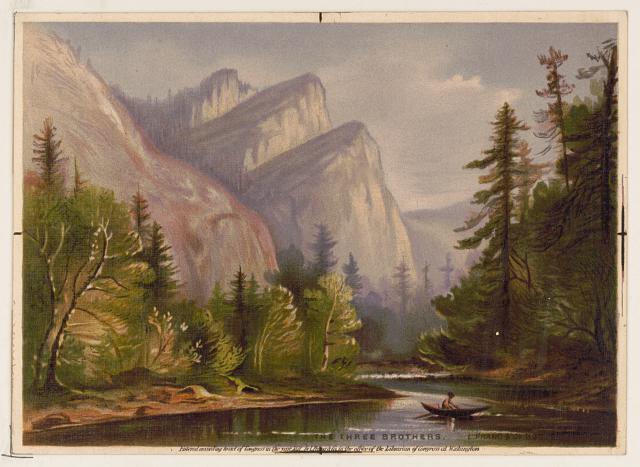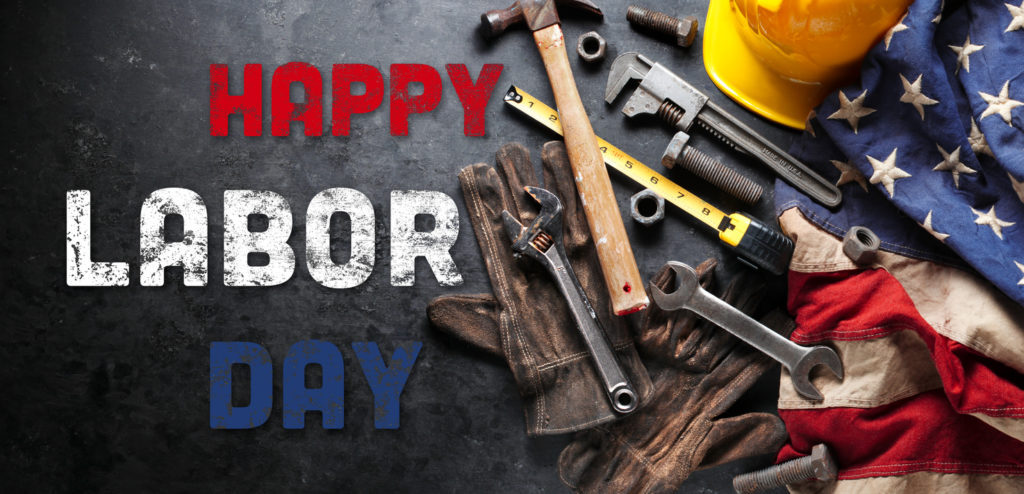Labor Day – Remember in This Country We Have Toiled Together

America the Great
The United States of America.
Our beautiful, fantastic country was built on the backs of hard-working people. This included people from many heritages and backgrounds. There were English, Irish, Russians, Dutch, Spanish, Mexican, German, French, Chinese, Japanese, Indians, Native Americans, and, although horrifically born out of forced slavery, African Americans. These and many other groups contributed to the birth and growth of this country. And, thankfully, they still do.
And imagine all but Native Americans were, yes you guessed it, immigrants. We were and continue to strengthen this great country by being a melting pot – history itself proves it. I, for one, am proud to be an immigrant; although those roots go back to around 1874 in New York City.
In the late 1800’s we were at the height of the industrial revolution. America was fast becoming an economic and manufacturing powerhouse in the world.
How did that happen?
In part we had very smart people who had come to this country and invented amazing new things which propelled manufacturing and other areas of business.
The average American worked 12 to 14 hours per day and usually seven days a week just to eke out enough money to put basic needs on the table. Often, children as young as 5 or 6 toiled away in factories; sometimes right next to their parents. These workers were the real accelerating force behind the industrial revolution and America’s rise with it.

Child Labor was common in the early days
Conditions in factories and manufacturing plants were dangerous and most workers today would find them life-threateningly terrifying. In some factories fresh air was nearly nonexistent; Fresh water was seldom provided except during rare breaks, if then; and sanitary facilities were, well, “out back in the field”. Workers who suffered injuries either found a way to keep working or fell into destitution, homelessness and starvation – usually along with their families.
As manufacturing increased and profits for business owners soared, the plight of the average worker did not improve and for some conditions became worse as the battle for profits increased amid heightened competition. Railroads, the steel industry, the textile industry and many others soared in their success and profits.
When workers could take no more, labor unions formed to negotiate with powerful business owners for better working conditions and wages. As business owners resisted improvements in conditions, safety and wages, labor unions grew in membership and prominence. The unions organized strikes, walk outs and rallies to influence powerful businessmen. Sadly, many of these strikes became violent and, in too many cases, the federal government sent in troops to act as strike breakers. Many of these demonstrations resulted in beatings, fire bombings, explosions and property damage. Among some of the more violent strikes included the Haymarket Riot of 1886, Pullman Palace strike of 1894, the Homestead strike of 1892
Hoping to quell the unrest and to recognize the need to improve conditions for the American working man, woman and child, Congress passed an act in 1894 making “Labor Day” a legal holiday on the first Monday in September. The idea being to provide workers with a three day weekend.
We celebrate Labor Day with fireworks, picnics barbecues and other gatherings across the United States.
This labor day, remind yourself it is more than a three day weekend. It celebrates the hard work and suffering of millions of Americans. It celebrates the recognition of contributions made to our country by many different people, from many different cultures and many different backgrounds. It celebrates just what a “melting pot” can do when pulling together, even when that pot may boil over from time to time.

Happy Labor Day to All
Share This


